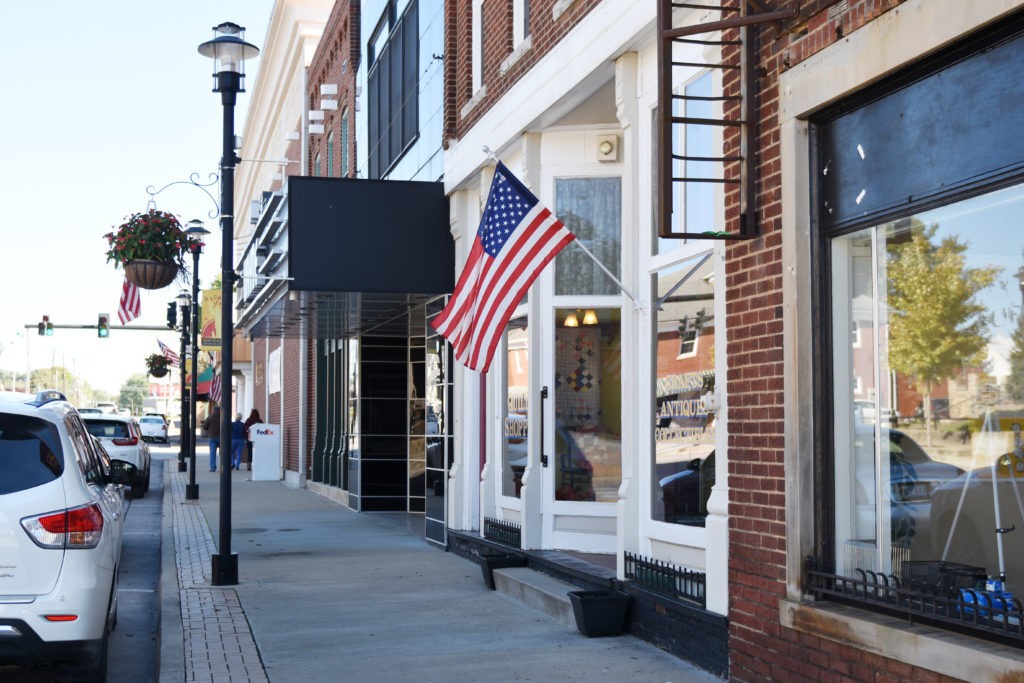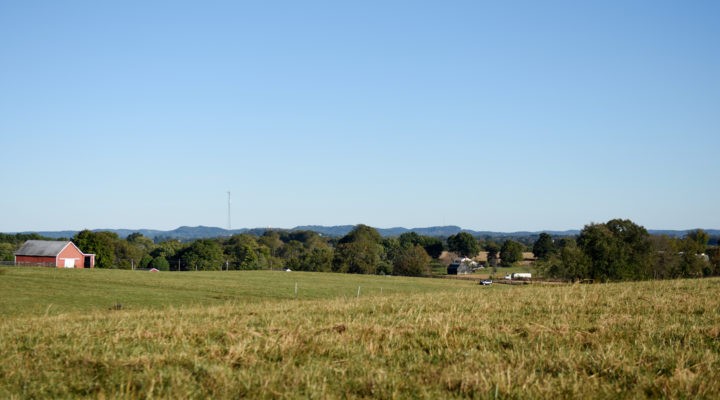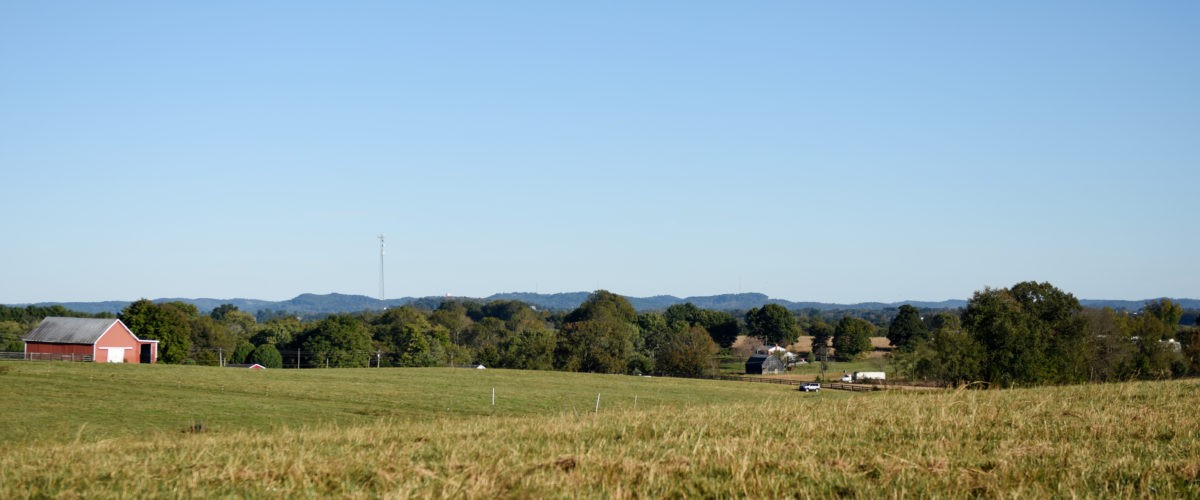Central Appalachia is ready to shake off its stubborn notoriety for poverty and despair. From the dawn of Lyndon Johnson’s war on poverty in the 1960s, the mere mention of Appalachia, especially southeast Kentucky, conjures images of tattered shacks, skinny mules and emaciated white children huddled together in doorways. To this day, a simple Google image search of “Appalachian photography” reveals what can only be described as poverty porn, a phenomenon that no other region of the United States enjoys. In the end, the images are false, even if the deficiencies are real.
Indeed, southeast Kentucky, which comprises the bulk of central Appalachia, continues to host nearly ten of the United States’ 50 counties with the lowest median household income. For decades, the boom and bust of extractive resources — primarily coal and timber — provided a moderate, if shaky, economic backbone. With the coal industry now in a 30-year decline, however, the average wage-earner has little recourse apart from administrative and service positions. Still, geographic isolation, economic disinvestment and a sweeping lack of infrastructure have cemented the region’s widespread unemployment. Consequently, Kentucky is the second most federally dependent state in the union, accounting both for federal contributions to state revenue and residents’ return on federal taxes paid.
McCreary County, Kentucky, located just across the border from Knoxville, Tennessee, claims Kentucky’s highest poverty rate, with 42.5 percent of the population living below their federal poverty threshold. That’s where the Cooperative Baptist Fellowship’s rural development coalition, Together for Hope, began in Kentucky 20 years ago, not only to help rural communities address systemic poverty but to transform the images and narratives around poverty in the first place, says Scarlette Jasper, Together for Hope field personnel.
“We’re just people; we’re all the same,” Jasper says.
“I even hate the word poverty because there are so many negative images that people associate with it. The families that I work with are not hopeless. Sometimes they feel helpless, but everyone needs a little help sometimes. I don’t care who you are or how much money you have. Being in community and in fellowship with people, whether they’re in poverty or not is important. We all need that. Families living in poverty and often made to feel like that’s wrong that they need a little help. That’s not wrong.”
Through Jasper’s wide and diverse relationships, Together for Hope’s reach extends beyond McCreary County to the nine additional counties of the Lake Cumberland Area Development District. In addition to helping individuals and families meet basic needs of food, shelter and clothing, Jasper serves as a financial health coach among people struggling with debt, disability and unemployment. In the same manner, Jasper also partners with survivors of domestic violence and individuals experiencing homelessness through monthly counseling and mentorships. Through her constant work, Jasper has stood alongside countless individuals as they acquire their first home, gain disability benefits, climb out of payday loan debt, escape an abusive spouse, locate a steady job and even find shelter on a cold night.
Poverty is not part of your culture, character or identity, Jasper explains. It’s simply a reality from which most human beings are only one catastrophe away. The challenges of life in southeast Kentucky merely augment the effects of the natural misfortunes we all face, she adds. And a person’s misfortune, whether caused by medical bills, a violent partner or a learning disability, should give us no fodder for stereotypes and discriminatory images of despair, or even of “poverty.” Despite — and possibly because of — the struggle and vulnerability in Kentucky’s rural communities, the images that truly endure are those of strength, resilience and the grace to still discover both within yourself.

Geographic isolation and a widespread lack of infrastructure contribute to high unemployment, making Kentucky the second most federally-dependent state in the union. Photo by Blake Tommey.
Read more in the Southeast Kentucky series:
Living in poverty is hard work
Terrified yet courageous in the face of violence, Mountain Moms survive together
Southeast Kentucky: Enduring images
Photo Gallery: Southeast Kentucky
Video: Scarlette Jasper reflects on the compassion of a family in need
Video: Scarlette Jasper Reinterprets Rural Poverty
Video: What makes Glynda Jackson angry?
Video: Tamara Daffron finds stability through financial health mentorship
Related commentary at baptistnews.com:
Our disaster-relief success hasn’t moved the needle in addressing poverty. We need to ask why | Craig Nash
Reimagining churches as full-time partners with those in poverty | Laura Rector
Related news at baptistnews.com:
Interfaith partnerships, service to those in poverty and an ATM define Louisiana church
The endless work of combatting rural poverty can leave you in the dark, but hope flickers
This series in the “Resilient Rural America” project is part of the BNG Storytelling Projects Initiative. Has the United States forgotten its countryside? What strength and resilience may yet be stirring outside our city limits? In “Resilient Rural America,” we attempt to answer these questions when we visit these unique communities to examine the singular nature of poverty in rural America and tell the stories of development among its courageous and resilient people.
_____________
Seed money to launch our Storytelling Projects initiative and our initial series of projects has been provided through generous grants from the Christ Is Our Salvation Foundation and the Eula Mae and John Baugh Foundation. For information about underwriting opportunities for Storytelling Projects, contact David Wilkinson, BNG’s executive director and publisher, at [email protected] or 336.865.2688.


